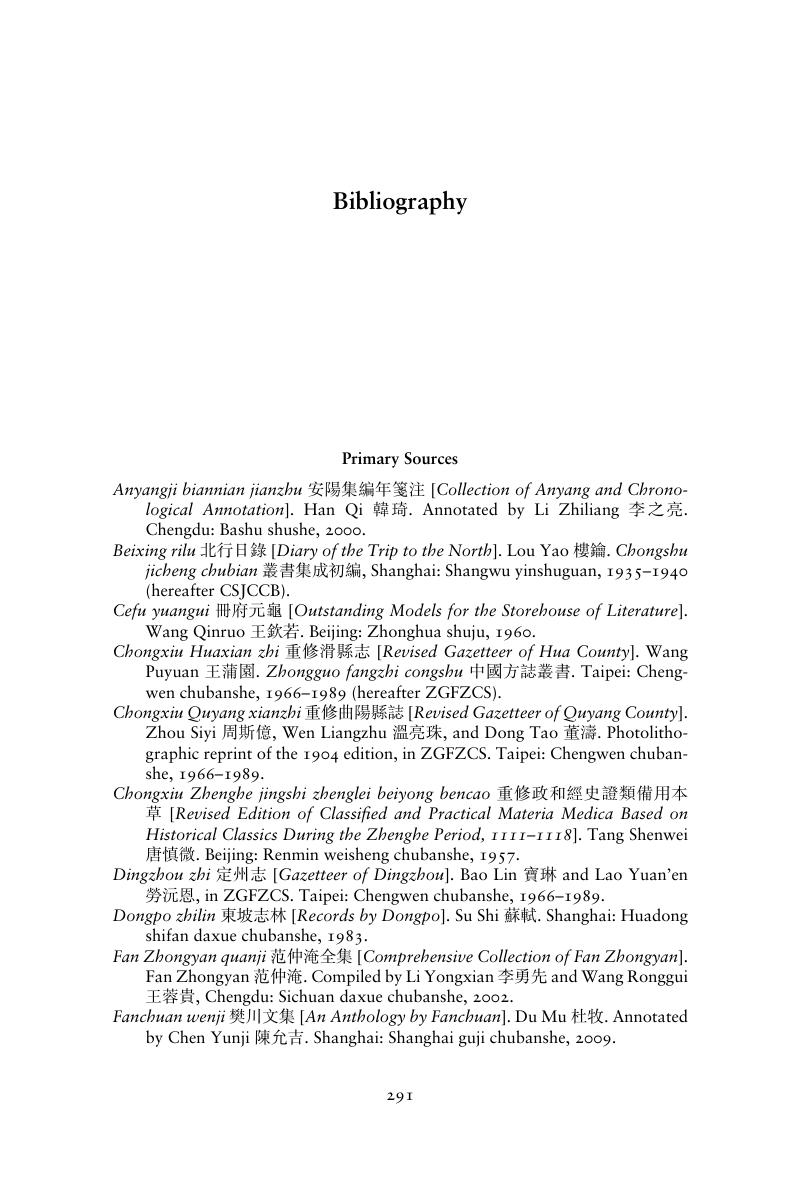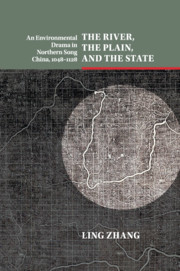Bibliography
Published online by Cambridge University Press: 05 September 2016
Summary

- Type
- Chapter
- Information
- The River, the Plain, and the StateAn Environmental Drama in Northern Song China, 1048–1128, pp. 291 - 308Publisher: Cambridge University PressPrint publication year: 2016

